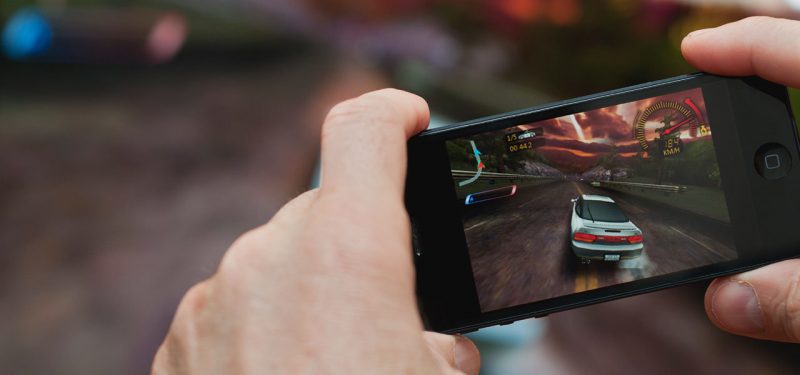Want to build your first mobile game? I bet you have an awesome idea and can't wait to get started. But creating a mobile game is more than just having a good idea and the skill to code it. You have to think through the gameplay, the target audience, and exactly what you need to build.
Here, we'll dive into the 4 fundamentals of game design. Also check out a recent post on how to pick the right framework to make mobile game design a lot quicker and easier.
1. Keep it simple
I love this tweet:
On Your First Game Idea "Go big or go home" does not apply to getting started in #gamedev Keep it simple! #onGames pic.twitter.com/Vvc8b4tFzD
— Sean James McKenzie (@baconandgames) December 29, 2014
To make your idea manageable, you should start by getting it down on paper. No one builds a house without a blueprint, and you shouldn't try to make a mobile game without a solid plan either. This could be something as simple as a task list with everything you need to do or something more specific, such as a document outlining all the details. Either way, the game design process starts with a blank page. Let's talk about how to fill it in.
2. Document your idea
In traditional mobile game development, you are encouraged to make a game design document (GDD). This is usually an extensive document outlining every aspect of the game. It's the blueprint that the rest of the team follows for the buildout.
If you are a single developer, this is overkill. You can easily boil down a GDD into a single list of tasks with a few introductory paragraphs and any collateral or references, such as screenshots and links to other games or game mechanics.
It's up to you to find the best way to document your idea, but the more you work through the details, the better the project will be. It's "cheap" to work out your ideas either on paper or in your head before you start coding. But when you begin the coding process and need to go back, you amass what's known as technical debt, which can make your code unmanageable or, even worse, kill your productivity altogether by forcing you to constantly hack together new solutions or refactor code you've already written.
If you are having trouble getting started, I highly suggest checking out the single-page GDD by Javi Cepa.
3. Get feedback
The most important part of the documentation process is sharing your idea with others and getting their feedback. I know you want to protect your idea with your life, but the reality is that most people starting out need that feedback from others.
We all start with the lofty goal of "making a game I want to play," but the reality is that you are just one person. To be successful, you need to appeal to larger markets. That's not to say you should post your game ideas online for all to see, but find a select group of trusted friends and run your plans by them.
You may find that some feedback is hard to take, and some is not helpful at all. But this can be a valuable experience in and of itself. Being able to filter out what will actually make your mobile game better is a valuable skill.
4. Play more games
Outside of documenting your ideas, perhaps the most important thing is to start playing games—a lot of games. As a game maker, your hobby should be playing games, taking them apart, and figuring out what makes them tick.
You should keep a notebook of all the games you play and even the ones you just see online. Use any note-taking app. The idea is to write down what you like and what you don't, and some of the big takeaways from playing it. Also include screenshots of art styles you like and copy links to any collateral information on games that will help you with your own ideas later. Since you never know how a game will inspire you, it's important to be as detailed as you can.
The process may sound like a lot of work, but it's the most valuable tool you will ever have when it comes to finding inspiration and avoiding common pitfalls. To help you get started, here are a few games that inspire me:
Player 1 ready
Once you have mastered the steps for documenting and vetting your ideas and finding inspiration, you will be on your way to making your own mobile game. Next, you'll need to register as a developer for your favorite app store, such as Google Play or Apple iTunes. (Full disclosure: I work for Amazon, so of course I want you to become an Amazon Developer.) Then you should download any needed SDKs. (Shameless plug: check out the Amazon Mobile SDK.)
Keep learning
Take a deep dive into the state of quality with TechBeacon's Guide. Plus: Download the free World Quality Report 2022-23.
Put performance engineering into practice with these top 10 performance engineering techniques that work.
Find to tools you need with TechBeacon's Buyer's Guide for Selecting Software Test Automation Tools.
Discover best practices for reducing software defects with TechBeacon's Guide.
- Take your testing career to the next level. TechBeacon's Careers Topic Center provides expert advice to prepare you for your next move.



